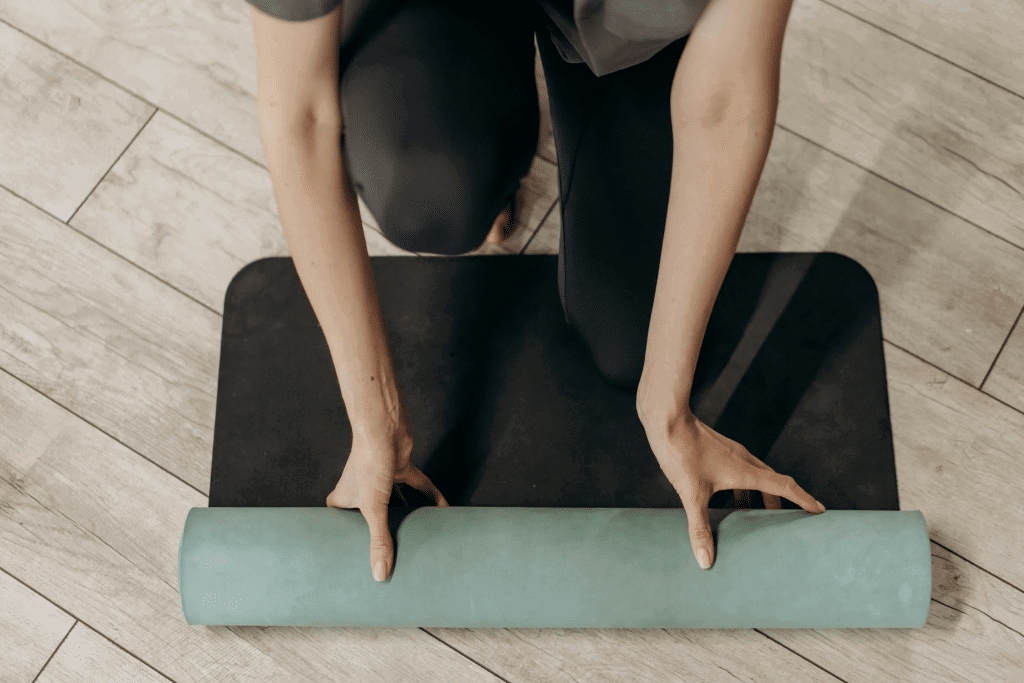Dealing with paralyzed vocal cords can be frustrating and affect your daily life. Communication becomes challenging, and you might feel helpless.
But there’s good news – with the right approach, you can improve your voice and quality of life.
This guide will show you effective exercises to help recover your voice after vocal cord paralysis.
We’ll explore simple techniques recommended by speech therapists, explain how these exercises work, and provide step-by-step instructions for each one.
Whether you’re dealing with a recent diagnosis or long-term effects, you’ll find valuable information to support your voice recovery journey.
Let’s get started on the path to better communication and confidence.
What is Vocal Cord Paralysis?
Vocal cord paralysis happens when one or both vocal cords can’t move as they should.
This condition occurs when the nerve controlling the muscles in your voice box gets damaged.
Various factors can lead to this, such as surgery complications, neck or chest injuries, or certain medical conditions.
People with vocal cord paralysis often experience a weak or breathy voice. You might find it hard to speak loudly or for long periods.
Other signs include trouble swallowing, feeling like food goes down the wrong way, or becoming short of breath during physical activities.
Vocal cord exercises are key to improving your voice. They help strengthen the working parts of your voice box and teach you how to use your voice more effectively.
They’re an important part of the healing process, helping to improve your voice quality and make daily tasks easier.
Immediate Exercises for Paralyzed Vocal Cords
When dealing with vocal cord paralysis, immediate action is crucial to prevent further strain and promote healing.
Below are three highly effective exercises for relaxing, strengthening, and improving the function of the vocal cords.
1. Paused Breathing Exercise

Step-By-Step Guide:
- Position: Sit upright with your neck and shoulders relaxed but your back straight. Make sure you’re seated in a calm environment where you can focus solely on your breathing.
- Inhale: Gently breathe in through your nose, allowing the air to flow naturally.
- Exhale: Stick your tongue out past your teeth and lips, ensuring the airway is fully open. Exhale slowly, spacing out your breaths in a rhythmic manner. Imagine saying “Ha, ha, ha” softly but without using your voice.
- Repetition: Perform this exercise 10 times, 3 times a day.
How It Helps: This exercise reduces tension around the vocal cords and helps align their movement. It also promotes proper closure during exhalation, essential for healthy vocal function.
It’s especially useful during spasms or moments of vocal strain, as it teaches the cords to stay open and relaxed, easing airflow.
2. Belly Breathing Exercise
Step-By-Step Guide:
- Position: Sit in a comfortable, upright position with your neck and shoulders relaxed. Place one hand on your belly to monitor your breathing.
- Inhale: Breathe deeply through your nose, letting your belly expand and push your hand outward.
- Exhale: As you exhale, place the tip of your tongue against the roof of your mouth near your front teeth. Slowly release the air, making a soft hissing or “S” sound.
- Repetition: Perform this exercise 10 times, 3 times a day.
How It Helps: Belly breathing strengthens the diaphragm, which in turn supports better breath control and coordination of the vocal cords.
This exercise helps ensure that you are not relying solely on your throat muscles for sound production, reducing the strain on the vocal cords.
It’s an excellent technique for building lung capacity and ensuring smoother, more controlled exhalation, essential for clear, strong vocalization.
3. Humming Exercise
Step-By-Step Guide:
- Start with a relaxed posture: Sit or stand comfortably with your shoulders relaxed.
- Gentle hum: Close your lips and start humming softly. Focus on the gentle vibration created in your throat. Start with lower tones and gradually move to higher tones as your voice warms up.
- Vary the pitch: Experiment with different pitches, focusing on keeping the hum smooth and steady.
- Repetition: Hum for about 5 minutes, several times a day, ensuring there is no strain on your vocal cords.
How It Helps: Humming encourages vocal cord vibration, which can stimulate healing and improve flexibility.
It helps with voice modulation, especially for those experiencing pitch instability or weakness. Regular humming exercises can enhance vocal strength, making speech clearer and less effortful.
Key Considerations During Recovery
During vocal cord recovery, it is important to combine proper rest with therapeutic interventions to ensure long-term success and prevent further strain.
1. Rest and Voice Therapy Integration
Resting your voice is vital for recovery from vocal cord paralysis. Your vocal cords need time to heal; overuse can slow down this process.
Voice Rest Tips:
- Follow your doctor’s advice on rest duration
- Minimize speaking and avoid forceful voice use
- Steer clear of both whispering and loud speaking
Working with a Speech Therapist:
- Get personalized exercises tailored to your needs
- Benefit from professional guidance for safe recovery
- Receive ongoing progress monitoring and adjustments
2. Hydration and Diet Adjustments
Proper hydration and diet play crucial roles in your recovery process.
Keeping Vocal Cords Hydrated:
- Drink at least 8 glasses of water daily
- Limit caffeine and alcohol intake
- Use a humidifier to maintain air moisture
Dietary Tips:
- Choose easily swallowed-foods
- Avoid mixing solids with liquids
- Eat slowly and take smaller bites
- Sit upright while eating to prevent aspiration
By following these guidelines, you can support your vocal cord recovery and minimize potential complications.
Diagnosis and Long-Term Solutions
Accurate diagnosis of vocal cord paralysis is crucial for effective treatment. Doctors use laryngoscopy to view the vocal cords directly, while electromyography measures nerve activity in the muscles.
Imaging tests like CT and MRI scans help identify underlying causes. For long-term management, non-surgical options often prove effective.
Voice therapy, led by a speech-language expert, helps strengthen the working vocal cords and improve breathing techniques. This approach can significantly enhance voice quality and reduce symptoms.
In some cases, vocal cord injections offer a temporary solution by moving the affected cord closer to the center, improving voice function.
These methods, alone or combined, can provide substantial relief and better vocal control for many patients.
Preventative Measures and Coping Strategies
1. Lifestyle Adjustments
Taking care of your vocal health involves making some changes to your daily routine. Try to lower stress through calming activities like deep breathing or gentle stretching.
It’s also wise to stay away from places where you might need to raise your voice, such as crowded, noisy areas.
These small changes can make a big difference in protecting your vocal cords.
2. Long-Term Strategies for Vocal Health
To keep your voice strong over time, stick to a routine of vocal exercises suggested by your speech expert.
Pay attention to how your voice feels – if you notice any discomfort or changes in your voice quality, take it as a sign to rest your voice and seek advice if needed.
By staying alert to these signs, you can act quickly to prevent further issues and maintain good vocal health.
Wrapping It Up
As we wrap up our voice recovery guide, remember that healing takes time and patience. Your journey to better vocal health is personal, and progress may come in small steps.
Stay committed to your exercises and follow your healthcare team’s advice. Don’t hesitate to ask questions or seek support when needed.
While your voice may not return to its exact pre-paralysis state, many people achieve significant improvements with dedication and proper care.
Your voice is an essential part of who you are, and with the right approach, you can adapt, grow, and continue to express yourself effectively.
Keep working towards your goals, and celebrate each milestone along the way.

























